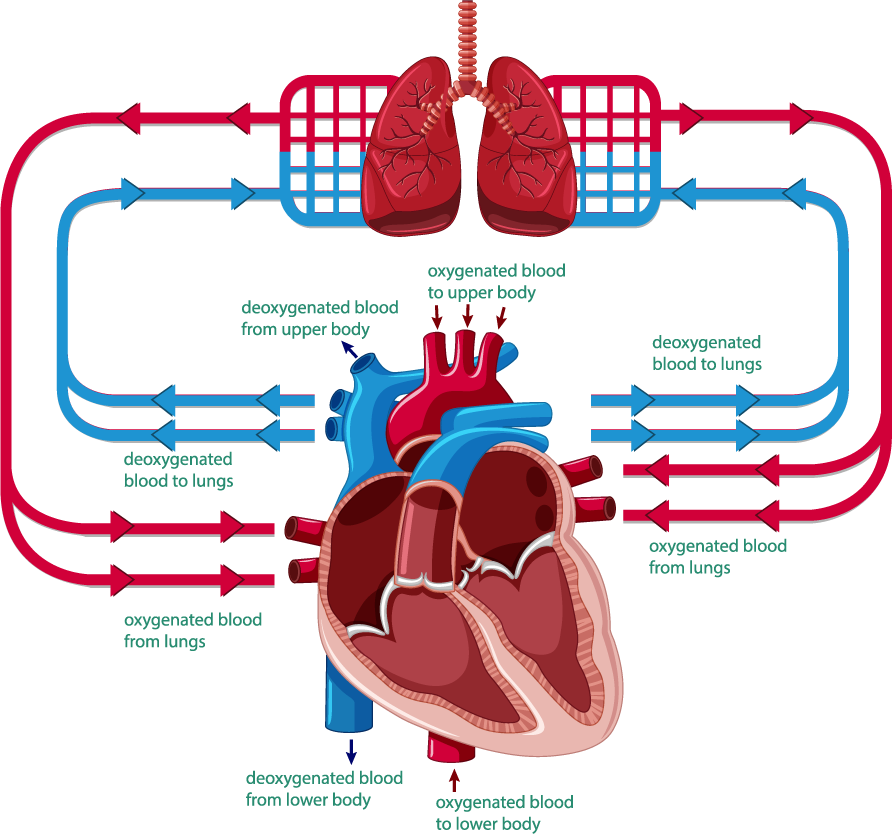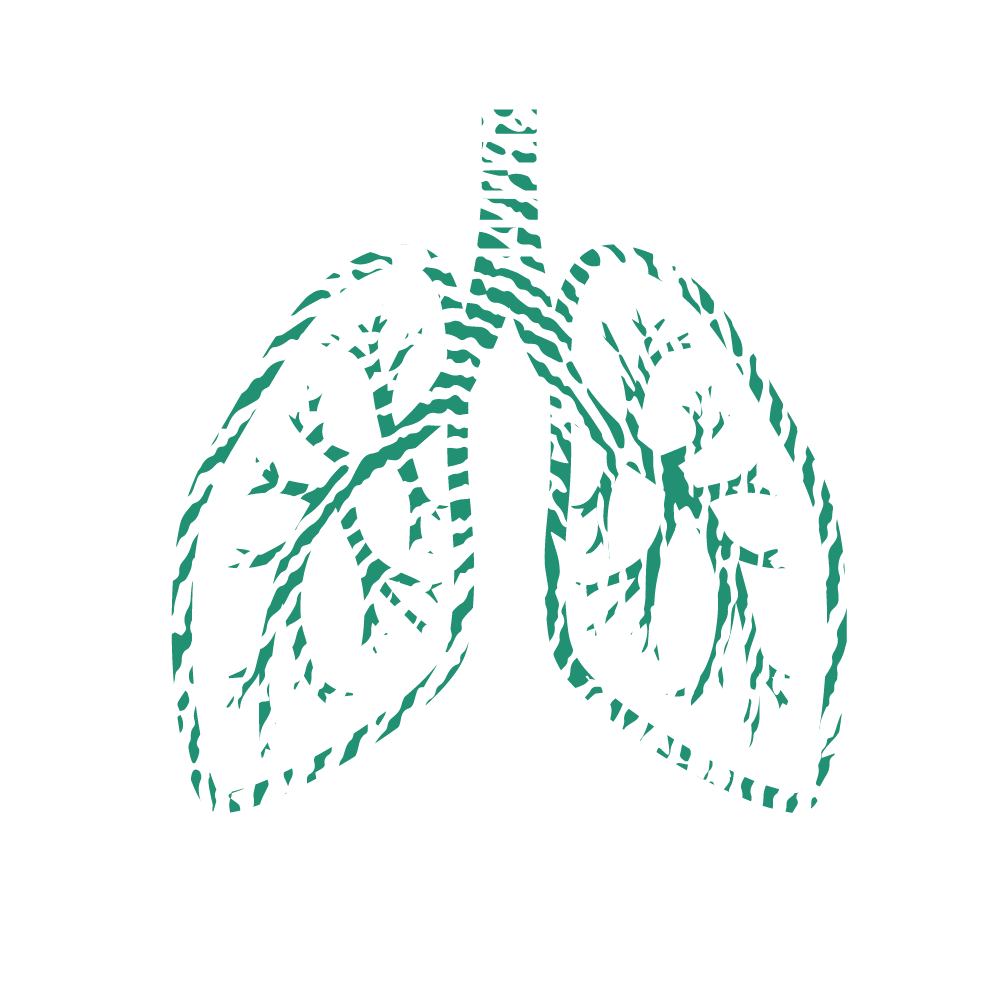February is a particular month for both heart health and love. Valentine’s Day is a day of gratitude for your loved ones, while Heart Health Month is a reminder to care for your own heart. Heart Health Month is a reminder to care for your own heart.
Joining us on Episode 75 is internationally renowned Nitric Oxide expert Dr. Nathan Bryan.
This episode shows how Nitric Oxide revolutionizes heart health, performance, and well-being. Dr. Bryan breaks down the functions of Nitric Oxide (NO) and how it enhances performance and well-being. We learn about the symptoms of low Nitric Oxide levels, how to identify beetroot causes of low NO, and how to restore your Nitric Oxide production to achieve peak performance.

This is the heading
Fun Fact of the Episode:
Beetroot is voted the 3rd least liked vegetable among average people & most liked by elite athletes because it has the highest nitric oxide production.
Dr. Nathan Bryan has a degree in biochemistry from the University of Texas in Austin, studied molecular cellular physiology at LSU School of Medicine, has a Ph.D. from the University of California Berkeley, and over 20 years of experience in biochemistry. He currently sits on advisory boards in the biotech industry and is one of the founders and formulators of HumanN.
His studies began in the late 90s and early 2000s when the discovery surrounding nitric oxide signaling was awarded the Nobel Prize in Physiology (1998). The scientific community knew Nitric Oxide (NO) was an important molecule, leaving many unanswered questions for Dr. Bryan to direct his focus of expertise.
Dr. Bryan advises young people looking to take action to ask for help because people ARE willing to help them! We all have heroes and mentors in our field, and sometimes these people seem intimidating or unapproachable, but most of them are altruistic – they want to see the next generation succeed.
“You have to engage, you have to ask questions, and if you need help, ask for help. Don’t sit back and think you can solve the problems by yourself. There are resources out there…”
-Dr. Nathan Bryan [10:18]
More to come about Dr. Bryan’s upcoming book, “The Secret of Nitric Oxide”, where he shares his personal story of discovery, science, and applying 20+ years of knowledge to your life.
What Nitric Oxide is, how it works, and how it enhances performance and well-being

Nitric Oxide is a gas produced by the lining of the blood vessels. In normal standard physiology, pressure, and temperature - it’s a gas. Once nitric oxide is made, it dissipates in less than one second.
This fleeting gas regulates many biological functions:
- Lowers blood pressure by vasodilating the vessels 1
- Increases blood flow and circulation of oxygen, iron, and hemoglobin to cells
Now that we understand what NO does, we can begin to appreciate what happens in people who cannot make nitric oxide:
- Shortness of breath or exercise intolerance
- Sexual dysfunction (such as ED) may arise from a lack of blood flow to sex organs
- Elevations in blood pressure > 120/80 mmHg
- Diminished energy from reduced signal transduction
- Mild cognitive disorders: memory loss, misplacing items, general forgetfulness
- Insulin resistance increases the risk of developing Type 2 diabetes
“Most of the poorly managed chronic diseases around the globe today can be explained by lack of nitric oxide.” – Dr. Natan Bryan [17:49]
Nitric oxide synthase (NOS) enzyme, found in the endothelial lining of blood vessels, neurons, and lymphatic and immune cells, converts semi-essential amino acid, L-arginine, into Nitric Oxide and Citrulline as a byproduct.
Supplementing L-arginine or Citrulline is unnecessary because they do not generate nitric oxide. Literature shows worse outcomes for patients with prior heart disease supplemented with these molecules. Two clinical trials stopped in post-myocardial infarction patients when more deaths were in the group with intervention.
These trials revealed that when you have an uncoupled NOS enzyme and push high-dose arginine, the enzyme will generate superoxide (SO) instead of nitric oxide (NO), causing oxidative stress and exacerbating the underlying condition.
Sunlight stimulates nitric oxide production from ultraviolet A light (315 nm-400 nm) to create heat that expands your cardiovascular system. Increasing nitric oxide levels before sunlight exposure liberates nitric oxide bound to proteins or heavy metals 16.
You can potentiate the benefits of sunlight exposure or red light therapy by titrating up your nitric oxide levels before light exposure. You can do this via exercise, nutrition, and supplementation.
The Nitrate content of vegetarian foods provides the body with the nutrients it needs to metabolize into nitric oxide. It is essential to understand that not all foods are guaranteed to contain nitrate; it depends on sourcing, the type of fertilizer it was grown with, and the quality of agriculture.
Here’s a tip: the darker the green leafy vegetable, the more nitric oxide you can expect it to contain.
Dr. Bryan followed up on the extensive research into understanding the oral microbiome and how it relates to systemic NO production. He discovered that there are specific oral nitrate-reducing bacteria on the crips of the tongue.
He investigated the correlation between people’s blood pressure and their oral microbiome. His results showed a clear association between elevated blood pressure and a lack of certain species of bacteria in the oral cavity.
The methods: His follow-up study took young, healthy people with normal blood pressure and simply eradicated the bacteria in their mouth using a chlorhexidine (CHG) oral antiseptic mouthwash twice a day for seven days.
The findings: The subjects witnessed increased blood pressure, sometimes up to as much as 30 mmHg! By disrupting the oral microbiome and nitric oxide production, healthy young people can become clinically hypertensive!
“Americans use mouthwash, AND Americans have an unsafe elevation in blood pressure. This is no longer a coincidence or correlation….”
-Dr. Nathan Bryan [25:17]
Heart disease is the #1 cause of death in Americans. If we can combat cardiovascular disease simply by focusing on the oral microbiome, that will change the face of health care.
If you can restore nitric oxide production, you will completely change the trajectory of your health journey.
“You only have to do two things; it’s very simple. Stop doing the things that disrupt nitric oxide production and start doing the clinically proven things to promote it.”
-Dr. Nathan Bryan [27:48]
Antiseptic / alcohol-based oral hygiene products disrupt nitric oxide production. These products destroy your oral microbiome and prevent your body from healing itself.

- By relaxing and widening the blood vessels, nitric oxide increases the flow of oxygen-rich blood through the arteries.
- Vasodilation of the blood vessels ensures that oxygen and nutrients are effectively delivered to your organs and tissues, supporting your overall health and well-being.
- The cardiopulmonary system consists of the heart, blood vessels, and lungs that work together to pump blood and breathe.
- The heart circulates blood around the body through the blood vessels. Deoxygenated blood is distributed into the lungs. Oxygen during inhalation is exchanged for carbon dioxide that is released during exhalation.
The bottom line: Oxygen (O2) & carbon dioxide (CO2) exchange is possible only in the presence of nitric oxide (NO).
NITRIC OXIDE EDUCATION: Where we are and where we NEED to be
Historically, it takes 17 years for discoveries to become standards of care. The dissemination of information is one of the most important ways to progress education.
The discovery “concerning nitric oxide as a signaling molecule in the cardiovascular system” was awarded the Nobel Prize in Physiology in 1998.
Now 24 years later, nitric oxide is climbing the charts of health podcasts and published literature, and efforts are being made to add nitric oxide into the general physiology curriculum.
How Nitric Oxide IMPROVES SEXUAL PERFORMANCE
Valentine’s day is just around the corner! Get in the mood with nitric oxide. Here’s how:
When nitric oxide (NO) relaxes the blood vessels, more blood can flow to the genitals and associated sex organs, leading to heightened sensitivity and increased pleasure during sexual activities. NO also helps to improve blood pressure and stamina and reduce fatigue which can reduce anxiety and peak your sexual performance.
Red wine contains an antioxidant called resveratrol, which improves blood flow throughout the body, including the genitals. Improved blood flow can increase sensitivity and pleasure.
Dark chocolate contains an amino acid called L-arginine, which helps to relax blood vessels and increase blood flow. Dark chocolate also contains antioxidants to reduce stress, anxiety, and fatigue and helps to increase energy.
CODE: ANDRESPRESCHEL (10% OFF)
Oxytocin is a hormone 20 released during sexual activity and helps to increase blood flow to the genitals for an erection. OXT helps you to stay focused on the sexual experience by reducing stress and anxiety and creates that feeling of intimacy to enhance the sexual experience between you and your partner.
The product technology is designed to restore Nitric Oxide production in the body
Now that we understand how the body produces NO, what goes wrong when the body doesn’t have enough NO, and the clinical symptoms of low NO levels…We are ready to learn how to restore your nitric oxide levels.
In his research lab, Dr. Bryan investigated how to recouple the NO synthase enzyme to improve the body’s ability to make NO. The goal of his creations is a nitric oxide boost that is longer, stronger, and faster! All products Dr. Bryan brings to market can be verified and quantified in nitric oxide concentrations of ~20-30 parts per million.
Try his products before a workout to see how supplementing nitric oxide affects you!
Lozenge – dissolve the tablet in your mouth over 5 to 6 minutes to stimulate NO production in the oral cavity. Vasodilation of the carotid arteries occurs within 10-15 seconds.
Benefits include:
- Lowers BP
- Improves exercise performance
- Improves sexual performance
NOBeets – mixing beet root powder in water generates nitric oxide gas. This fantastic natural energy source is designed to replace Redbull and other stimulating energy drinks.
Benefits include:
- Improve circulation
- Improve hydration
- Improve energy production
- No stimulants, no caffeine, no crash, no jitters, no anxiety
Beware, better nitric oxide functionality may make your workouts seem more effortless.
Dr. Bryan aims to bring safe and effective product technology into every significant market segment worldwide through supplements, skin care and wound healing. Nitric oxide is antibacterial (kills infections) and causes hyperemia to promote blood flow to the wound area.
Nitric oxide promotes wound healing by killing the infection and supporting blood flow to the wound area. Dr. Bryan’s product testing is completely healing wounds in 3-4 months.
Dr. Bryan’s take on caffeine from a Nitric Oxide perspective.
Caffeine is a vasoconstrictor 21 that is effective in increasing perceived exertion in terms of pre-workout but biochemically is counterproductive because it leads to vasoconstriction, reduced blood flow and oxygen delivery, and comprises metabolic function. Nitric oxide, on the other hand, is a vasodilator that increases blood flow and oxygen delivery, making it a better pre-workout alternative.
Join our community to discover your science and optimize your life !
By following these actionable steps, you will be able to improve your Nitric Oxide levels. These steps include eliminating things that disrupt nitric oxide production and start doing things that promote nitric oxide production. To learn more about the supplements and lifestyle required to increase nitric oxide concentrations, subscribe to the KnowYourPhysio newsletter !
To access the actionable steps, sign up for the KYP newsletter.
- Exercise for 20-30 min/day in a range of 60-70% maxHR
- Eat more (NO) containing Foods
- Get 5-20 min direct light exposure per day.
Actionable Steps to Improve Nitric Oxide
The USFDA disapproved antacids for long-term use because of the known risks associated with prolonged stomach acid suppression. Without stomach acids, your gut cannot absorb water-soluble vitamins (B & C) and trace minerals (zinc, iron, selenium, and chromium).
Supporting Evidence
- Ataei Ataabadi, E., Golshiri, K., Jüttner, A., Krenning, G., Danser, A. H. J., & Roks, A. J. M. (2020). Nitric Oxide-cGMP Signaling in Hypertension: Current and Future Options for Pharmacotherapy. Hypertension (Dallas, Tex. : 1979), 76(4), 1055–1068.
- Coleman J. W. (2001). Nitric oxide in immunity and inflammation. International immunopharmacology, 1(8), 1397–1406.
- Bryan, N. S., Bian, K., & Murad, F. (2009). Discovery of the nitric oxide signaling pathway and targets for drug development. Frontiers in bioscience (Landmark edition), 14(1), 1–18.
- Groneberg, D., Voussen, B., & Friebe, A. (2016). Integrative Control of Gastrointestinal Motility by Nitric Oxide. Current medicinal chemistry, 23(24), 2715–2735.
- Kim, N. N., Christianson, D. W., & Traish, A. M. (2004). Role of arginase in the male and female sexual arousal response. The Journal of nutrition, 134(10 Suppl), 2873S–2895S.
- Farah, C., Michel, L. Y. M., & Balligand, J. L. (2018). Nitric oxide signaling in cardiovascular health and disease. Nature reviews. Cardiology, 15(5), 292–316.
- El-Hattab, A., Jahoor, F. (2017). Assessment of Nitric Oxide Production in Mitochondrial Encephalomyopathy, Lactic Acidosis, and Stroke-Like Episodes Syndrome with the Use of a Stable Isotope Tracer Infusion Technique, The Journal of Nutrition, 147 (7), 1251–1257 . https://doi.org/10.3945/jn.117.248435
- Lei, C., Berra, L., Rezoagli, E., Yu, B., Dong, H., Yu, S., Hou, L., Chen, M., Chen, W., Wang, H., Zheng, Q., Shen, J., Jin, Z., Chen, T., Zhao, R., Christie, E., Sabbisetti, V. S., Nordio, F., Bonventre, J. V., Xiong, L., … Zapol, W. M. (2018). Nitric Oxide Decreases Acute Kidney Injury and Stage 3 Chronic Kidney Disease after Cardiac Surgery. American journal of respiratory and critical care medicine, 198(10), 1279–1287. https://doi.org/10.1164/rccm.201710-2150OC
- Chen, Z. Q., Mou, R. T., Feng, D. X., Wang, Z., & Chen, G. (2017). The role of nitric oxide in stroke. Medical gas research, 7(3), 194–203. https://doi.org/10.4103/2045-9912.215750
- Opatrilova, R., Kubatka, P., Caprnda, M., Büsselberg, D., Krasnik, V., Vesely, P., Saxena, S., Ruia, S., Mozos, I., Rodrigo, L., Kruzliak, P. and dos Santos, K.G. (2018), Nitric oxide in the pathophysiology of retinopathy: evidences from preclinical and clinical researches. Acta Ophthalmol, 96: 222-231.
- Förstermann, U., & Sessa, W. C. (2012). Nitric oxide synthases: regulation and function. European heart journal, 33(7), 829–837d.
- Stoclet, J. C., Muller, B., Andriantsitohaina, R., & Kleschyov, A. (1998). Overproduction of nitric oxide in pathophysiology of blood vessels. Biochemistry. Biokhimiia, 63(7), 826–832.
- Fulton, D., Gratton, J. P., McCabe, T. J., Fontana, J., Fujio, Y., Walsh, K., Franke, T. F., Papapetropoulos, A., & Sessa, W. C. (1999). Regulation of endothelium-derived nitric oxide production by the protein kinase Akt. Nature, 399(6736), 597–601. https://doi.org/10.1038/21218
- Bescós, R., Sureda, A., Tur, J. A., & Pons, A. (2012). The effect of nitric-oxide-related supplements on human performance. Sports medicine (Auckland, N.Z.), 42(2), 99–117.
- Zhou, Q. G., Hu, Y., Hua, Y., Hu, M., Luo, C. X., Han, X., Zhu, X. J., Wang, B., Xu, J. S., & Zhu, D. Y. (2007). Neuronal nitric oxide synthase contributes to chronic stress-induced depression by suppressing hippocampal neurogenesis. Journal of neurochemistry, 103(5), 1843–1854. https://doi.org/10.1111/j.1471-4159.2007.04914.x
- Holliman, G., Lowe, D., Cohen, H., Felton, S., & Raj, K. (2017). Ultraviolet Radiation-Induced Production of Nitric Oxide:A multi-cell and multi-donor analysis. Scientific reports, 7(1), 11105.
- Keller, Rosa M. BS; Beaver, Laura PhD, MS; Prater, M. Catherine; Hord, Norman G. PhD, MPH, RD. Dietary Nitrate and Nitrite Concentrations in Food Patterns and Dietary Supplements. Nutrition Today 55(5):p 218-226, 9/10 2020. | DOI: 10.1097/NT.0000000000000253
- Helms, C. C., Gladwin, M. T., & Kim-Shapiro, D. B. (2018). Erythrocytes and Vascular Function: Oxygen and Nitric Oxide. Frontiers in physiology, 9, 125.
- Kuchel, P.A., & Poole, D. C. (2005). Nitric Oxide’s Role in Oxygen Delivery and Utilization. American Journal of Physiology – heart and circulatory physiology, 288(6), 2625-2635.
- Heinrichs, M., von Dawans, B., & Domes, G. (2009). Oxytocin, vasopressin, and human social behavior. Frontiers in neuroendocrinology, 30(4), 548–557.
- Peter J. Green, M.A., Robert Kirby, Ph.D., Jerry Suls, Ph.D., The effects of caffeine on blood pressure and heart rate: A review, Annals of Behavioral Medicine, Volume 18, Issue 3, September 1996, Pages 201–216.








This Post Has One Comment
Pingback: Keep Your Testes Cool – KnowYourPhysio
Comments are closed.